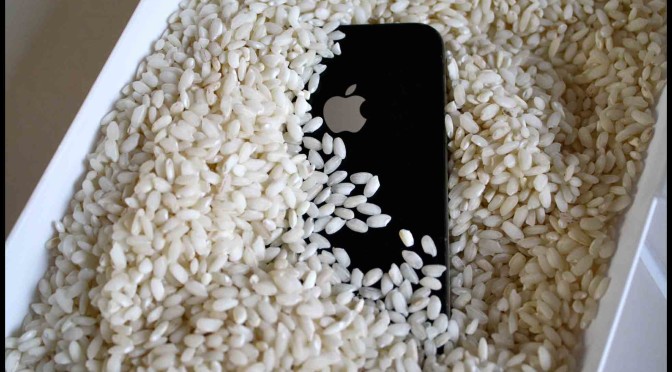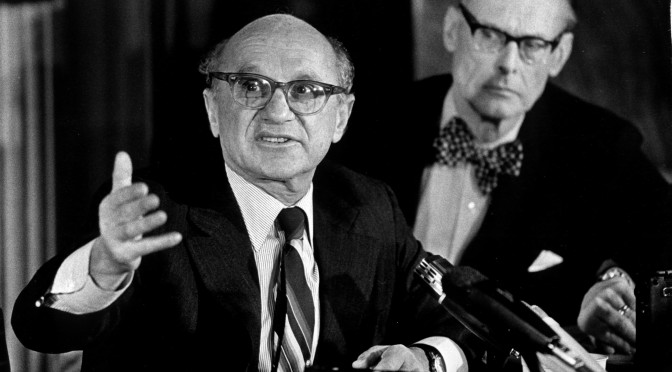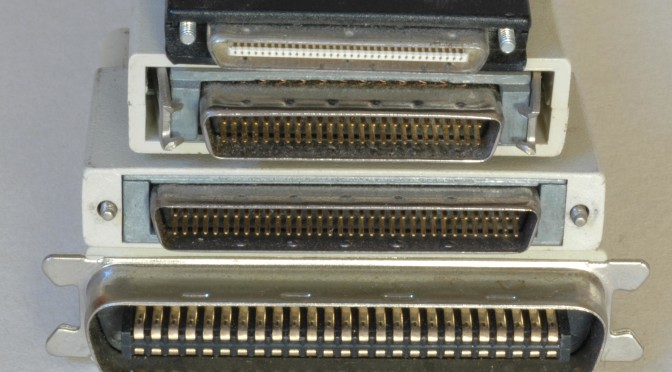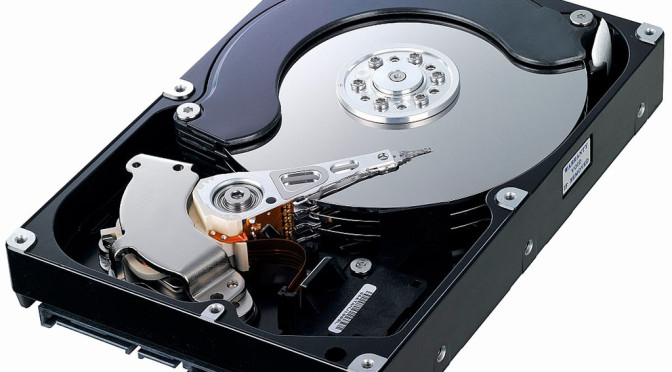RAID (Redundant Array of Independent Disks) technology combines multiple inexpensive disk drives into a single array of independent disks. This method of combining multiple drives appears to the computer as one logical storage unit. It is used to obtain performance, capacity, and reliability, which exceed the capability of a single disk.
One of the basic fundamentals of RAID technology is striping and parity. Striping partitions the storage space of each drive into stripes and data is stored sequentially on each disk. In the event of a drive failure only the data on that particular drive needs to be recreated. Parity is the technology used to regenerate the data on the failed drive. There are 6 basic types of RAID architecture: RAID 0 through RAID 5. Each type provides disk fault tolerance with different feature and performance.
RAID 0: Typically defined as a group of striped disk drives without parity for data redundancy. Raid 0 arrays can be configured with large stripes for multi-user-environment or small strips for single user systems.
RAID 1: Simply a pair of disks drives that store duplicate data but appear to the computer as single drive. RAID 1 is also known as mirroring in which all writes going to each drive is the same so all information on each drive is identical.
RAID 2: Stores data by sectoring data across groups of drives with some drives assigned to store ECC information
RAID 3: Stores data by sectoring data across groups of drives leaving one drive dedicated to storing parity information. In the event that one of the drives is damaged or fails the parity information can be used to restore the data on that disk.
RAID 4: RAID 4 is identical to Raid 3 except that large stripes are used so that records can be read from any individual drive in the array except for the parity drive.
RAID 5: Under RAID 5 parity information is written across all drives. Since there is no parity drive all drives containing data and read operations can be overlapped on every drive in the array. RAID 5 combines efficient, fault tolerant data storage with good performance characteristics.



